1. Prevent damage caused by overload
One of the main functions of the overload protection valve block is to prevent equipment damage caused by excessive load. During the operation of ships and offshore platforms, external factors such as tidal changes, strong winds, and waves may cause the rigging and mooring systems to suffer sudden and extreme loads. Without an effective overload protection mechanism, these overload conditions may damage key components of the anchor windlass, such as the electric motor, gear system, or bearings. By integrating the overload protection valve block in the hydraulic system, when the load exceeds the predetermined safety value, the valve block automatically adjusts the hydraulic pressure or activates the safety device, thereby reducing the burden and avoiding equipment damage. Compared with traditional wind turbines that are not equipped with overload protection devices, this design greatly improves the durability of the system. By preventing unnecessary mechanical failures, the overload protection valve block effectively extends the service life of the equipment and reduces the repair and replacement costs caused by equipment damage.
The existence of the overload protection valve block can reduce frequent downtime and downtime, ensuring that the equipment can resume normal operation in time under load overload conditions. This is crucial for marine vessels and platforms that operate at high frequencies, which can greatly improve the overall operating efficiency and avoid economic losses caused by operational interruptions.
2. Ensure safe and smooth operation
The overload protection valve block ensures that the equipment operates within the safe load range by real-time monitoring and automatic adjustment of the working pressure of the hydraulic system. In offshore operations, environmental conditions change very frequently, especially in bad weather or sea conditions, the mooring systems of ships and platforms may encounter unexpected load changes. Without effective protection measures, the equipment is prone to sudden failures due to overload, which may not only affect the work process, but also bring greater safety hazards. However, the L*J---C series Anchor Windlass Mooring Winches with an overload protection valve block can monitor load changes in real time. Once an overload occurs, the system will automatically take action to adjust the working state to prevent continued overload operation. Through these automated adjustments, the safety of the equipment is ensured, and the operator can operate with confidence, avoiding the safety risks caused by human misjudgment or delayed response.
The introduction of the overload protection valve block not only enhances the safety of the equipment, but also makes the operation easier. Traditional anchor windlasses need to rely on manual monitoring and experience judgment, while the overload protection valve block can intelligently handle overload problems, reduce the workload of operators, and avoid accidents caused by human negligence.
3. Improve system reliability
The design of the overload protection valve block greatly improves the reliability of the system. Traditional mooring systems usually rely on multiple components to withstand different loads, but these systems often lack an automated overload protection mechanism. When encountering an overload, the system may be unable to effectively control the hydraulic pressure or load, causing excessive wear or damage to certain key components, thereby increasing the risk of failure. In contrast, the overload protection valve block equipped with the L*J---C series anchor windlass can monitor and automatically adjust the working pressure in real time, thereby preventing overload from causing unnecessary damage to the entire system.
For example, when the anchor windlass encounters an unexpected overload during use, the overload protection valve block will quickly reduce the load by adjusting the pressure of the hydraulic system, thereby preventing the core components such as the motor, electric motor, and reducer from being subjected to excessive pressure. Through this precise adjustment, the overload protection valve block helps maintain the smooth operation of the entire system and reduces unnecessary failures. Compared with traditional mooring systems, this automated safety mechanism reduces the occurrence of human errors and system failures, and significantly improves the stability and reliability of the equipment.
The high reliability of the system is particularly important for high-frequency and high-load offshore operations, which directly affects the continuity and economy of the operation. By adopting the overload protection valve block, the L*J---C series anchor windlass can operate stably for a long time, reduce the maintenance cycle, and ensure the smooth progress of offshore operations.
4. Reduce maintenance requirements
The L*J---C series anchor windlass equipped with the overload protection valve block can significantly reduce the maintenance requirements of the equipment. Usually, due to the lack of effective overload protection, the traditional anchor windlass system is prone to wear and failure in long-term operation, especially under high load or severe weather conditions. Overload may cause excessive wear of components such as hydraulic systems, drive motors, and gear transmissions, which not only increases the frequency of maintenance, but also leads to high costs for repairing and replacing parts. The overload protection valve block monitors the load in real time and adjusts the pressure in time to ensure that the system operates within the safe load range, thereby avoiding most mechanical wear and damage caused by overload.
As the system load is reduced, the wear of mechanical components is also greatly reduced, thereby reducing the need for daily maintenance and repair. Due to the improved durability of the equipment, the operating efficiency of ships and platforms is improved, avoiding frequent shutdowns caused by equipment failures. For shipowners and operators, this means lower operating costs and longer equipment life. The L*J---C series anchor windlass equipped with an overload protection valve block can not only reduce the frequency of equipment maintenance, but also reduce the total cost of equipment ownership and improve the return on investment.
5. Improve overall system efficiency
By avoiding overload work, the overload protection valve block not only improves the safety and reliability of the equipment, but also improves the operating efficiency of the overall system. In traditional mooring systems, due to the lack of effective overload protection, the system often enters an unstable state under overload conditions, resulting in a decrease in the performance of the hydraulic system and mechanical components, thereby wasting energy and increasing the operating cost of the equipment. The overload protection valve block equipped with the L*J---C series anchor windlass avoids this unstable operating state by adjusting the load in real time, ensuring that the system always operates in the optimal working state.
When the system operates within a reasonable load range, the efficiency of the hydraulic system is fully utilized, the load pressure of the mechanical components is also reasonably controlled, and the overall energy efficiency and operating efficiency are improved. In addition, the efficient operation of the system can also reduce the energy waste caused by overload, thereby reducing fuel and electricity consumption. For ships and offshore platforms that operate for a long time, this efficient design can significantly reduce energy costs and improve the economy of overall operations.
6. Enhance operator confidence
An anchor windlass equipped with an overload protection valve block allows operators to operate with greater confidence. In offshore operations, ship and platform operators often face complex environments and operating pressures, and any equipment failure may lead to mission delays or safety accidents. The existence of the overload protection valve block greatly improves the safety of the equipment, allowing operators to focus on their work without worrying too much about the equipment load. The automatic adjustment function of the overload protection valve block can help operators make correct judgments in an instant, avoiding the risks caused by human errors or delayed reactions.
By reducing the operator's concerns about the equipment load, the overload protection valve block enhances the operator's confidence and ensures the smooth progress of the operation. This confidence not only enhances the crew's work efficiency, but also improves the safety and stability of the operation process, providing a strong guarantee for efficient and smooth offshore operations.

 ENG
ENG
 English
English русский
русский Español
Español

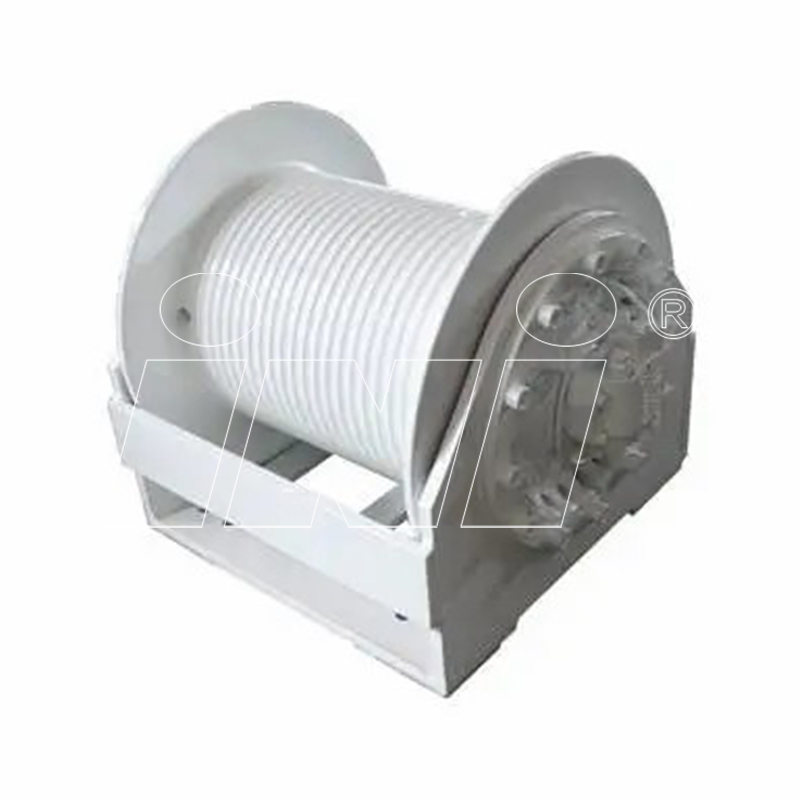
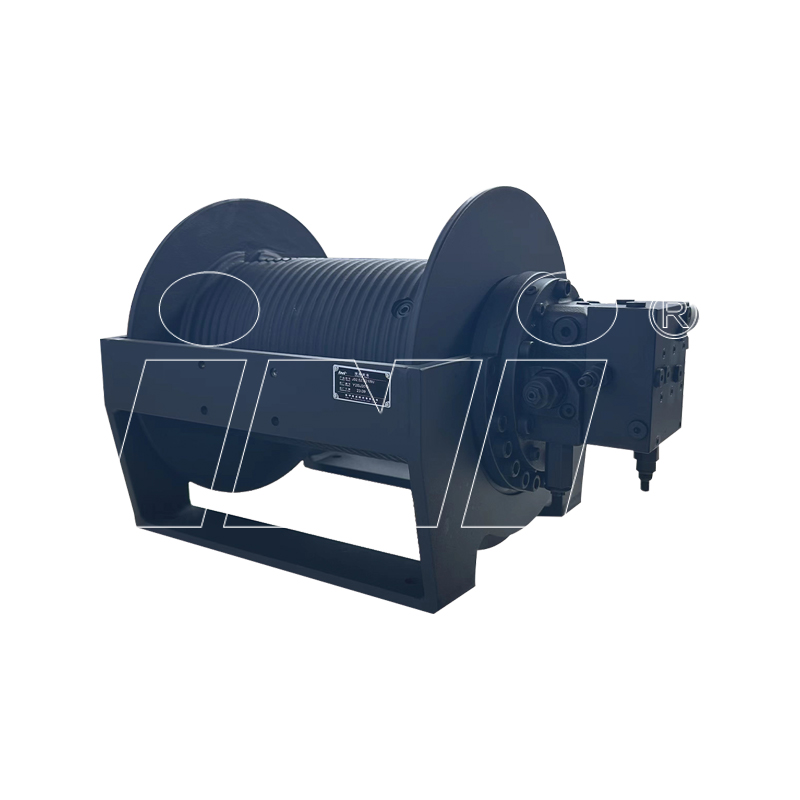
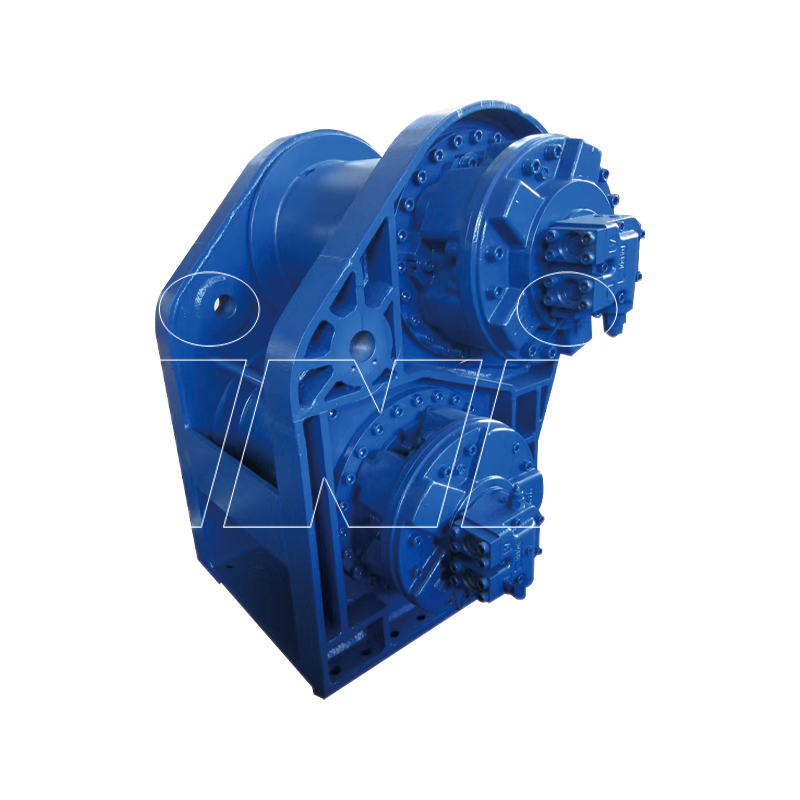

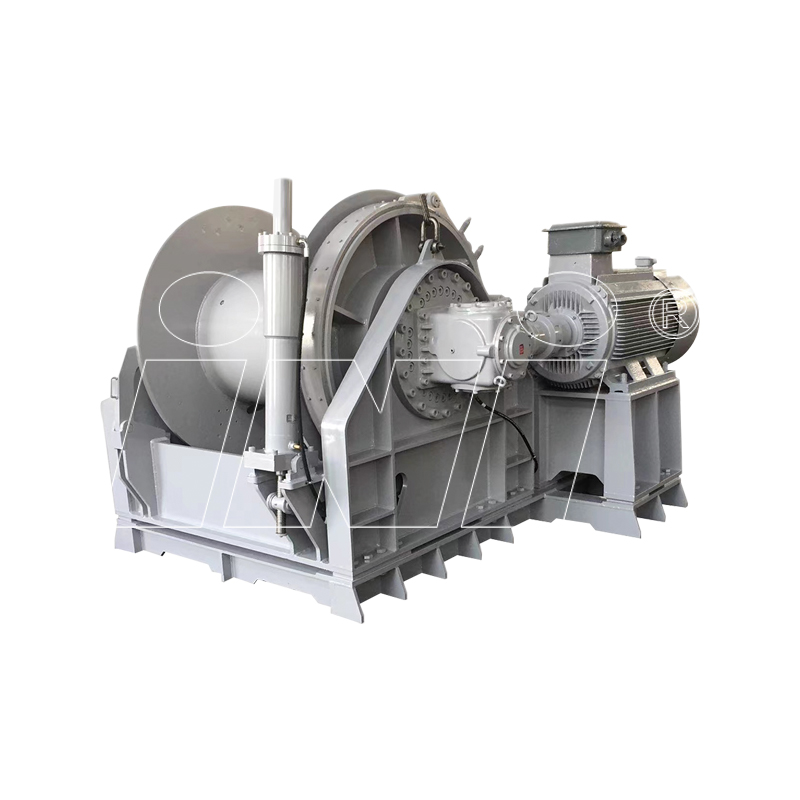

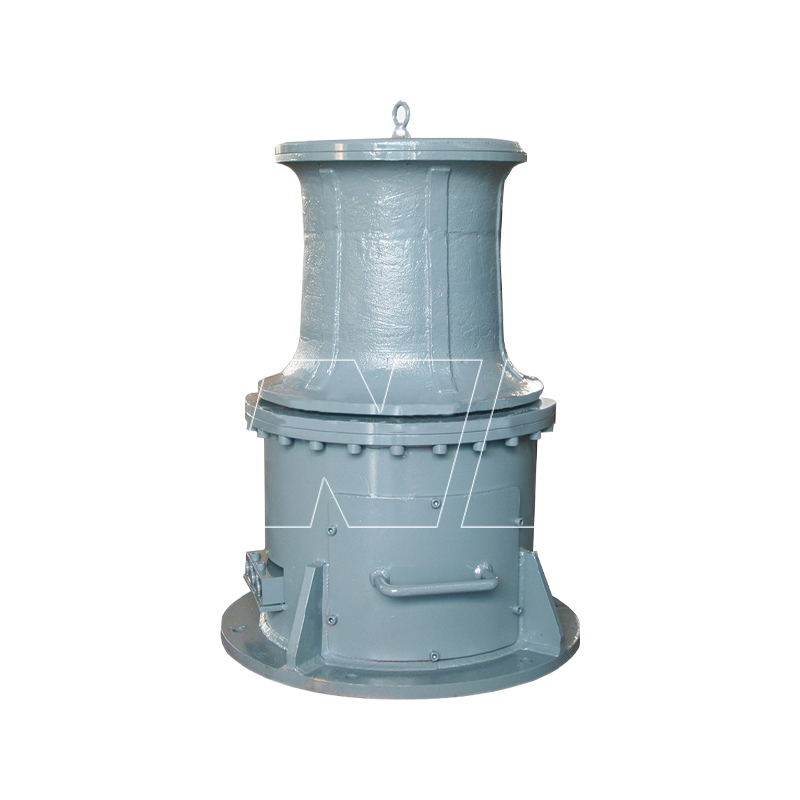
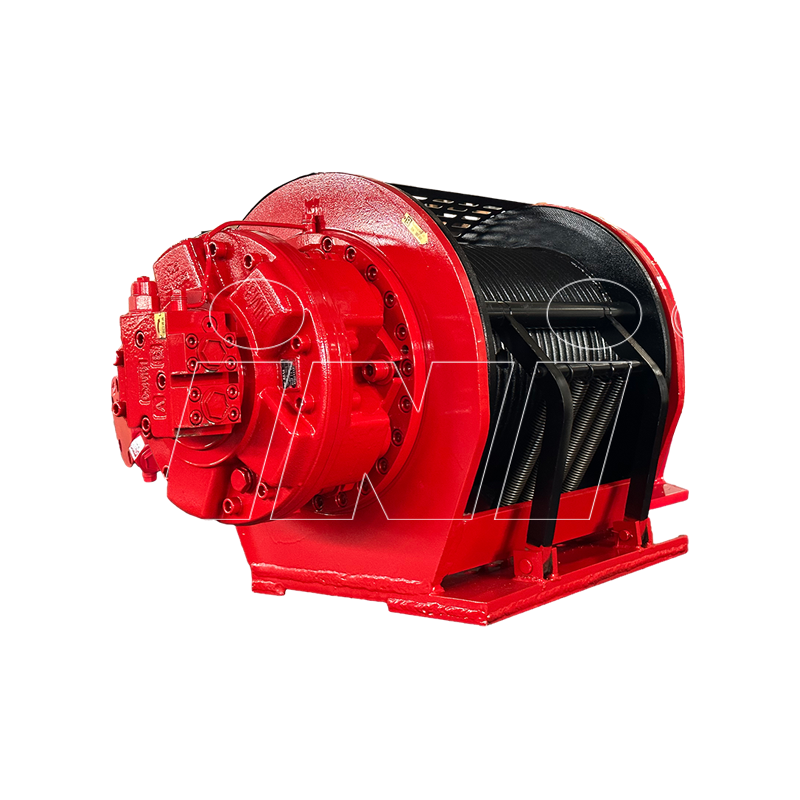
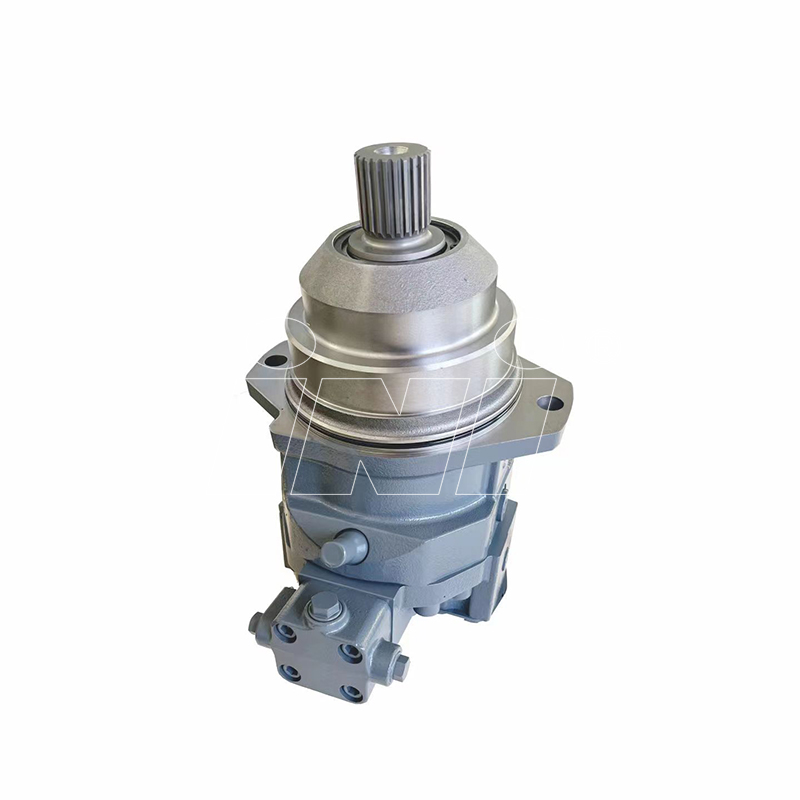

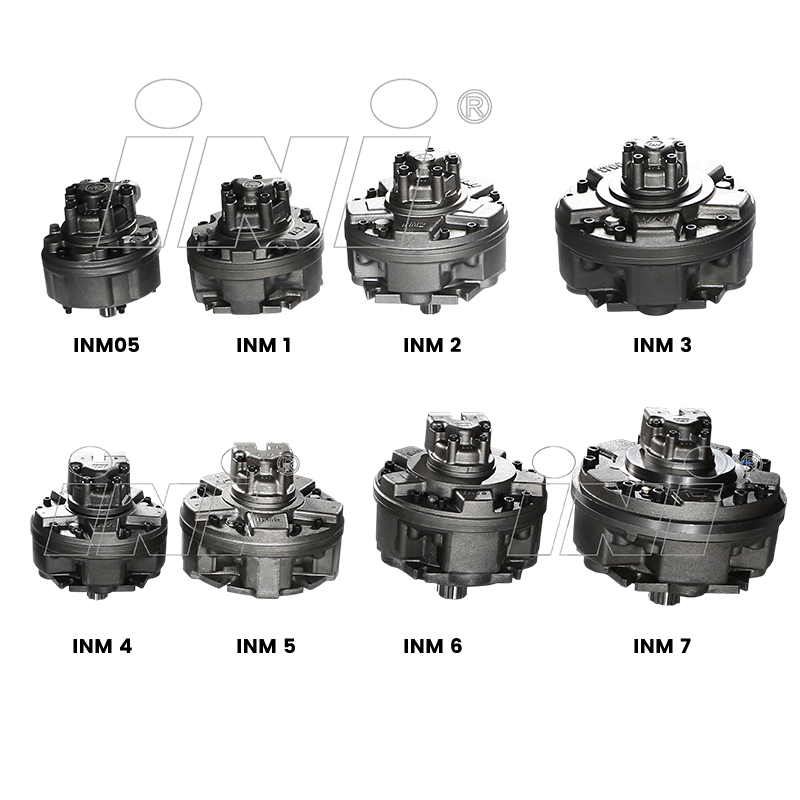
 English
English русский
русский Español
Español
 TOP
TOP